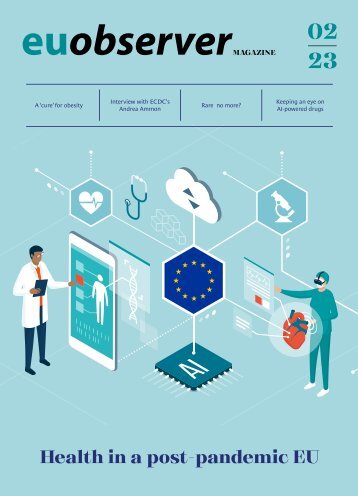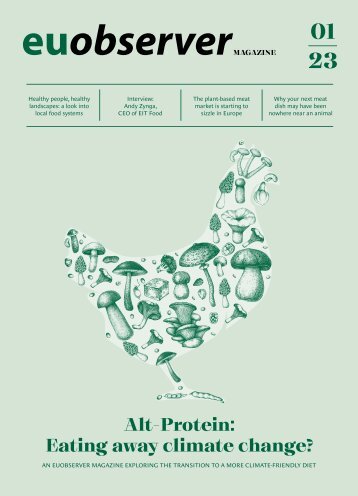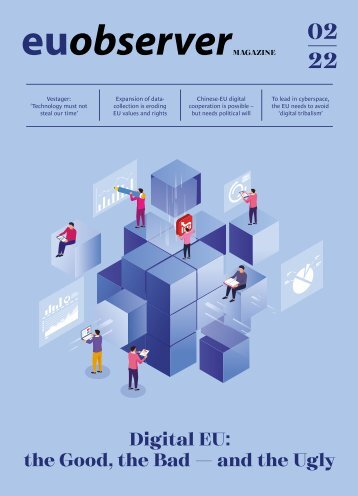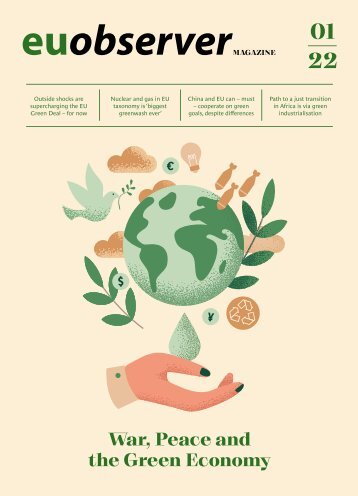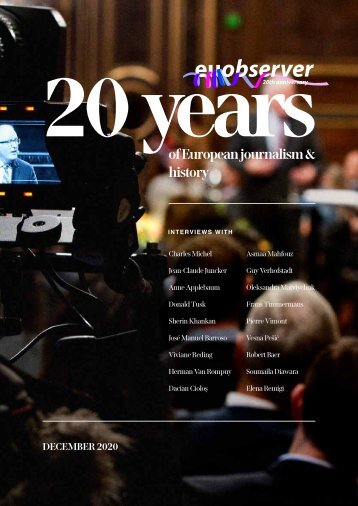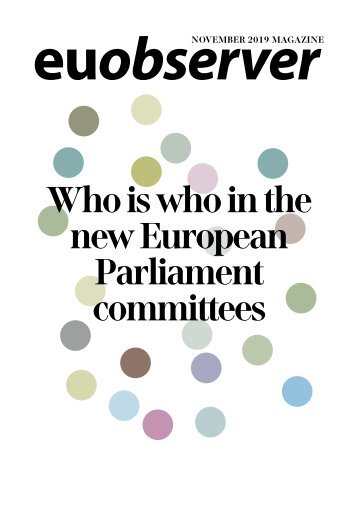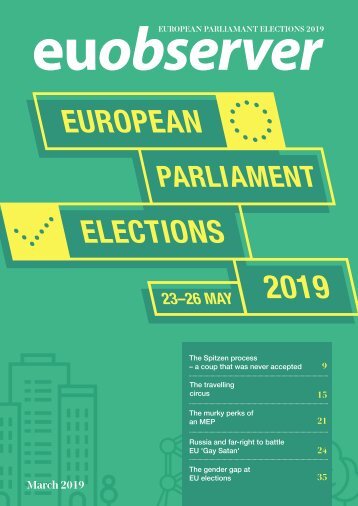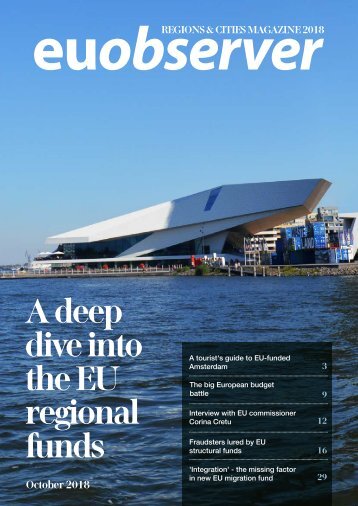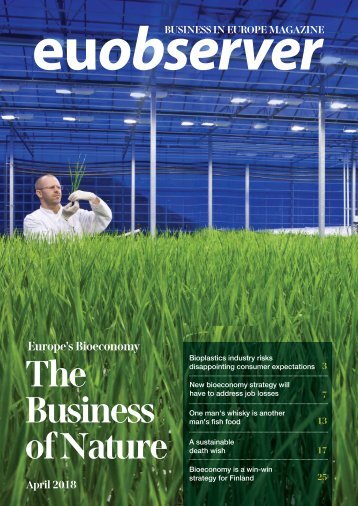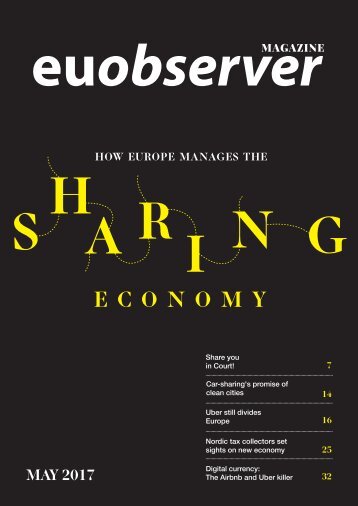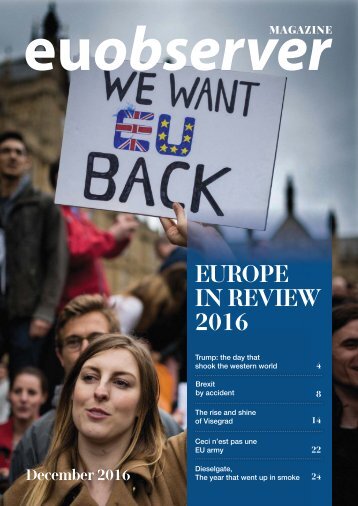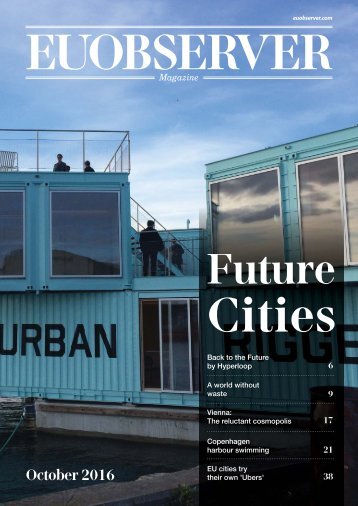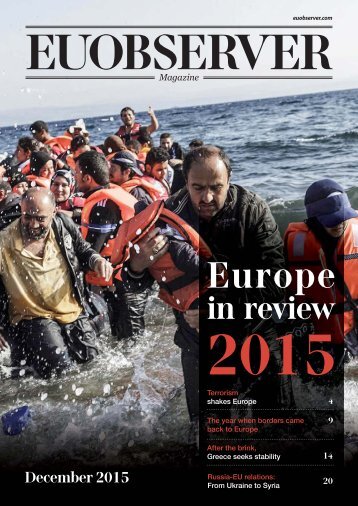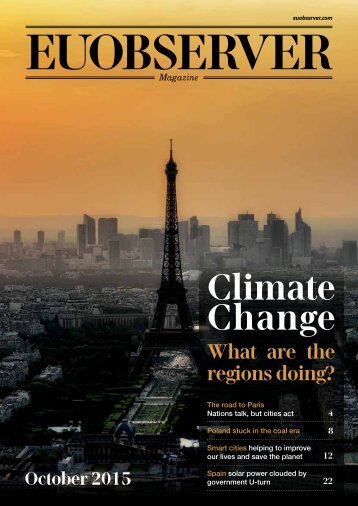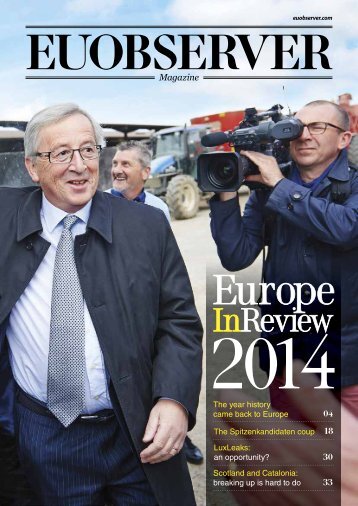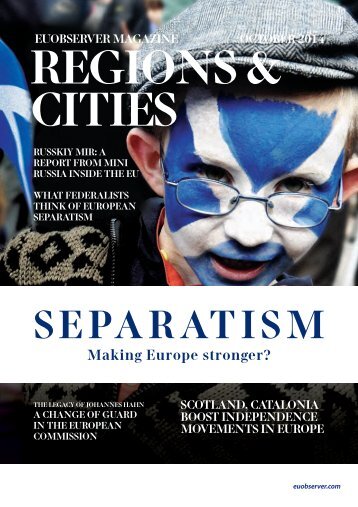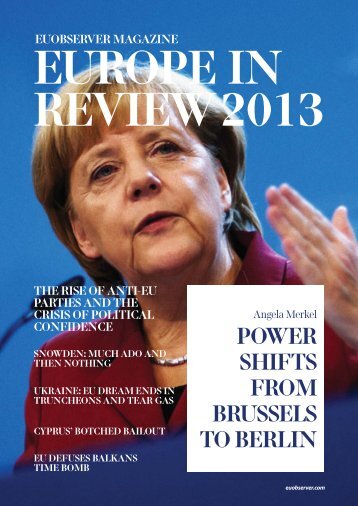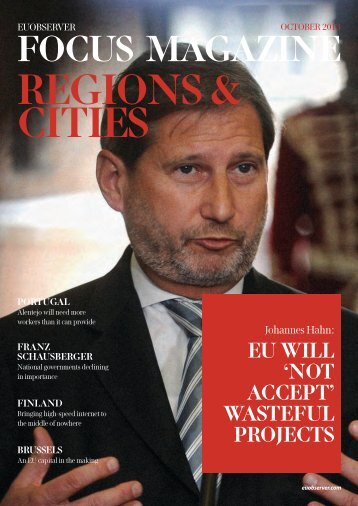Europe's Bioeconomy: The Business of Nature
- Text
- Food
- Nature
- Environment
- Union
- Agriculture
- Forestry
- Science
- Biotech
- Bioeconomy
to the laboratory, part
to the laboratory, part of IBioIC's FlexBio Centre at the university, earlier this month. "You can have the greenest technology in the world but it's no good if there's no money to be made [from it]." THE BUSINESS SIDE OF WASTE Martin may be trained as a geneticist and microbiologist but it quickly becomes clear that he is a businessman too. Everything the team does must be potentially scalable, which is not surprising given the waste at their disposal. For every litre of whisky produced there are eight litres of pot ale (a statistic the whisky producers do not like to publicise). The majority of this 'coproduct', as distillers call it, is spread on land, discharged at sea or treated as wastewater. Some are used for livestock feed but the energy demands are high and the returns are low. Martin believes his approach is more commercially viable. The fermenters aren't cheap to build (the is because they're testing strains that grow well without light because a glass fermenter would be much pricier) or run, especially as he expands to 1,000 litre and eventually 30,000 litre capacities. Having them on site at distilleries will cut transport costs and, as scale increases, costs will fall. He will also be selling into a market that is set to expand rapidly and supply customers that are hungry for FISH FEED PROBLEM The aquaculture sector in Scotland supports around 8,000 jobs and is worth £1.8bn to the Scotland's top food export: £600m in 2017, the highest ever and an increase of 35 percent against 2016. By 2030 the plan is to double the size of the country's aquaculture (there are similar projections for Europe's sector) and that means demand for feed will rocket too. But there is a problem. Historically, the two most Photo: IBioIC 14 — BUSINESS IN EUROPE MAGAZINE 2018
Photo: IBioIC exploited or depleted there is a heavy price to pay headaches too, including sea lice, which are hitting production and threatening the industry's 'clean' image). Fish oil prices are also extremely volatile, hitting a peak of ,500 per tonne a couple of years ago and forcing many feed manufacturers to look even harder for alternatives. Grains and oilseeds, increasingly added to mixtures in the past couple of decades. percent of salmon feed in 1990 and vegetal raw to nine percent whilst the plant-based portion had 15 — BUSINESS IN EUROPE MAGAZINE 2018
- Page 1 and 2: BUSINESS IN EUROPE MAGAZINE Europe'
- Page 3 and 4: Bioplastics industry risks disappoi
- Page 5 and 6: Ready for your new adventure in Bel
- Page 7 and 8: NEW BIOECONOMY STRATEGY WILL HAVE T
- Page 9 and 10: The EU's bioeconomy in figures The
- Page 11 and 12: Jobs in the bioeconomy in 2014 The
- Page 13: One man's whisky is another man's f
- Page 17 and 18: A sustainable death wish No one can
- Page 19 and 20: and then shattered into smaller pie
- Page 21 and 22: commission's various directorates-g
- Page 23 and 24: And despite earlier warnings not to
- Page 25 and 26: BIOECONOMY IS A WIN/WIN STRATEGY FO
- Page 27 and 28: GLOBAL SCARCITY OF NATURAL RESOURCE
- Page 29 and 30: Photo: The Humane League No end in
- Page 31 and 32: WTO arbitration panel in Geneva, bu
Inappropriate
Loading...
Embed
Loading...
